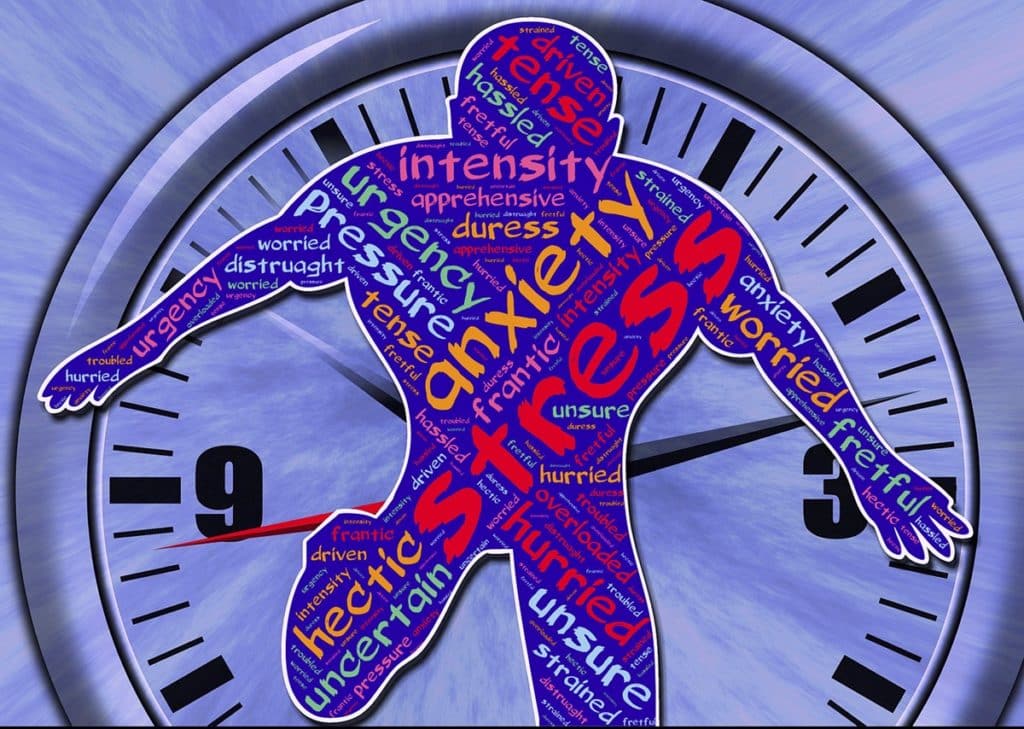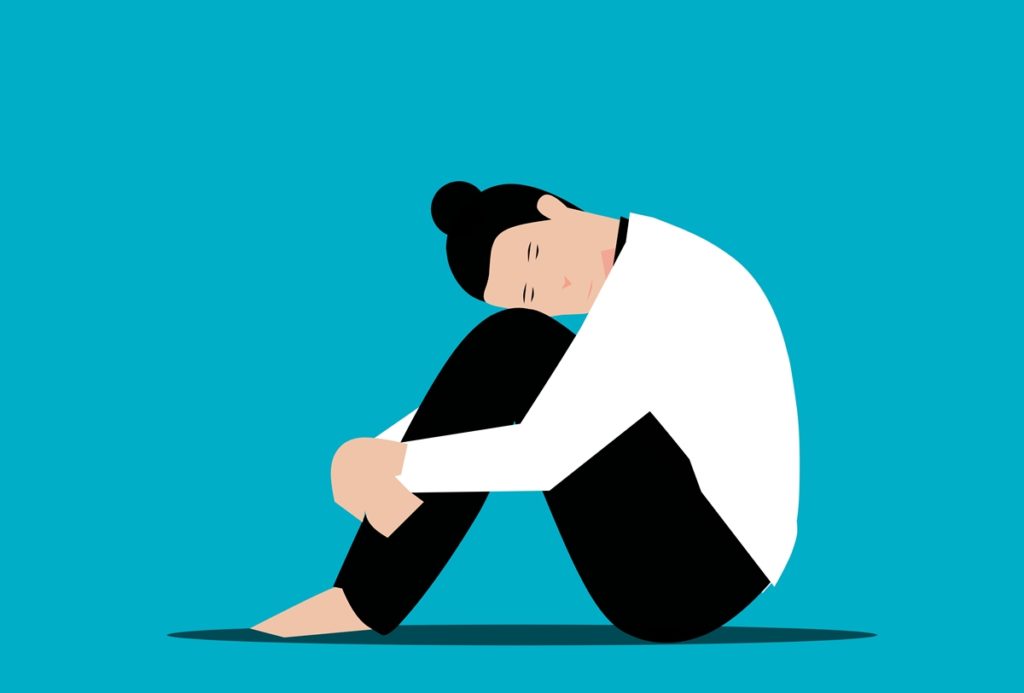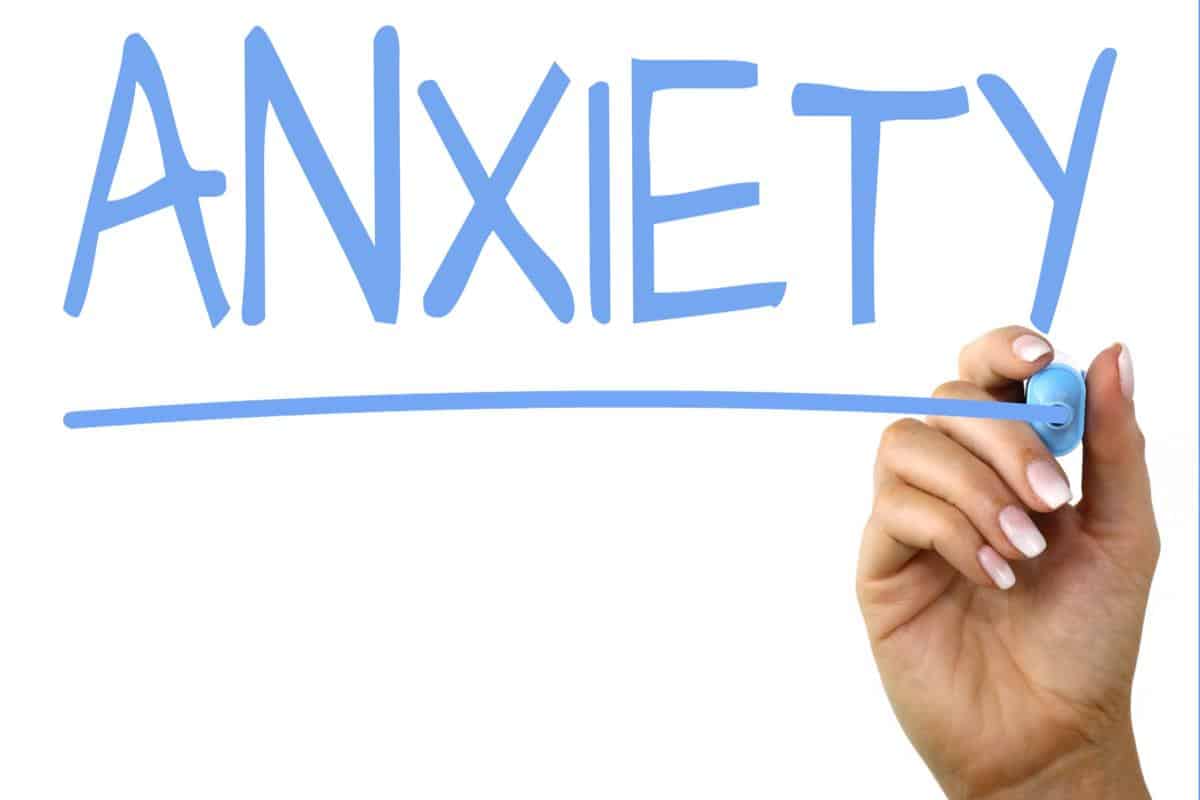For some individuals, the mere thought of driving generates an intense sense of fear and anxiety. This is known as driving anxiety, a genuine and serious condition that significantly impacts one’s daily activities and overall quality of life. It can limit mobility, disrupt routines, and lead to missed opportunities or worsening mental health conditions. This comprehensive guide is designed to provide a deeper understanding of driving anxiety, its impacts if left untreated, and effective strategies to manage and overcome it.
Understanding Driving Anxiety
Driving anxiety is a particular form of anxiety that manifests when one gets behind the wheel. This fear may be triggered by a range of factors – crowded traffic, the prospect of driving alone, navigating highways or high-speed roads, or the act of driving itself. While it’s perfectly normal to experience a certain level of anxiety under challenging driving circumstances, such as poor weather conditions or heavy traffic, when this anxiety becomes overwhelming, persistently affecting your ability to drive or causing significant distress, it escalates into a problem that needs to be addressed.
Signs and Symptoms
Driving anxiety can display a wide array of signs and symptoms, ranging from mild unease to crippling panic attacks. Physical symptoms can include excessive sweating, trembling, rapid heart rate, and gastrointestinal issues. Emotional symptoms often include fear, dread, irritability, and feelings of being overwhelmed. Behavioural symptoms may involve avoidance of driving or scenarios that involve driving. If you consistently experience these symptoms while driving or even at the mere thought of driving, it’s likely that you are grappling with driving anxiety.

The Impact of Untreated Driving Anxiety
Driving anxiety, if left unattended, can significantly disrupt your life. It can curtail your freedom to move around independently, restrict your ability to partake in social activities or professional opportunities that involve travel, and create difficulties in managing day-to-day tasks like grocery shopping, commuting to work, or ferrying children to and from school.
Over time, driving anxiety can permeate other aspects of your life, potentially contributing to a broader anxiety disorder or even agoraphobia – the fear of places and situations that might induce feelings of panic, helplessness, or embarrassment. Moreover, stress and chronic anxiety have been linked to various long-term health issues, such as heart disease, gastrointestinal disorders, and a weakened immune system.
Techniques to Overcome Driving Anxiety
1. Self-awareness and Understanding
The first step in overcoming driving anxiety is understanding your fear. This involves self-reflection and introspection. What triggers your anxiety? Is it more intense at certain times or under specific circumstances? Do certain roads or driving situations make you more anxious? Keeping a journal of your experiences, thoughts, and feelings can help identify patterns, triggers, and coping mechanisms.
2. Gradual Exposure
This method, also known as desensitization or exposure therapy, involves gradually increasing your interaction with driving. You might start simply by sitting in the car without starting it, then progress to turning the car on, then driving around the block or in an empty parking lot. Over time, as your confidence grows, you can extend the duration of your drives and introduce more complex driving situations like highways or busier streets.
3. Relaxation Techniques
Relaxation and mindfulness techniques can play a significant role in managing anxiety symptoms. Methods such as deep breathing, progressive muscle relaxation, and mindfulness meditation can help relax your mind and body, reducing immediate feelings of anxiety. These techniques can be used before you start your drive, during breaks on longer drives, or even while you’re driving, if safe to do so.

4. Cognitive-Behavioral Therapy (CBT)
CBT is a type of therapeutic intervention that can help manage anxiety by identifying and changing negative thought patterns that contribute to anxious feelings. A mental health professional, such as a psychologist or psychotherapist, can guide you through CBT techniques, helping you understand the distorted thinking leading to your driving anxiety and providing tools to reframe these thoughts.
5. Professional Driving Lessons
Professional driving lessons can provide the reassurance and confidence needed to overcome driving anxiety. Especially if these lessons are specifically tailored for anxious drivers, the guided learning and practice under the supervision of an experienced professional can contribute to building confidence and safe driving habits.
6. Medication
In certain cases, medication may be a necessary addition to help manage severe symptoms of driving anxiety. However, this option should be explored under the guidance of a healthcare provider, as medication is typically most effective when used in conjunction with other therapies, not as a standalone treatment.
Driving Anxiety Is Ruining My Life: Conclusion
Driving anxiety can be a crippling condition, severely affecting one’s quality of life. However, with the right strategies and tools, it’s possible to regain control over your life and overcome this fear. Remember, you are not alone on this journey – there are numerous professionals, support groups, and resources available to guide and support you. It’s important to remember that seeking help is a strength, not a weakness.
Progress might seem slow at times, but every step you take, no matter how small, is a victory that brings you closer to a life free from driving anxiety. The journey is unique for each individual, but with patience, perseverance, and courage, a fear-free driving experience is within your reach.


















